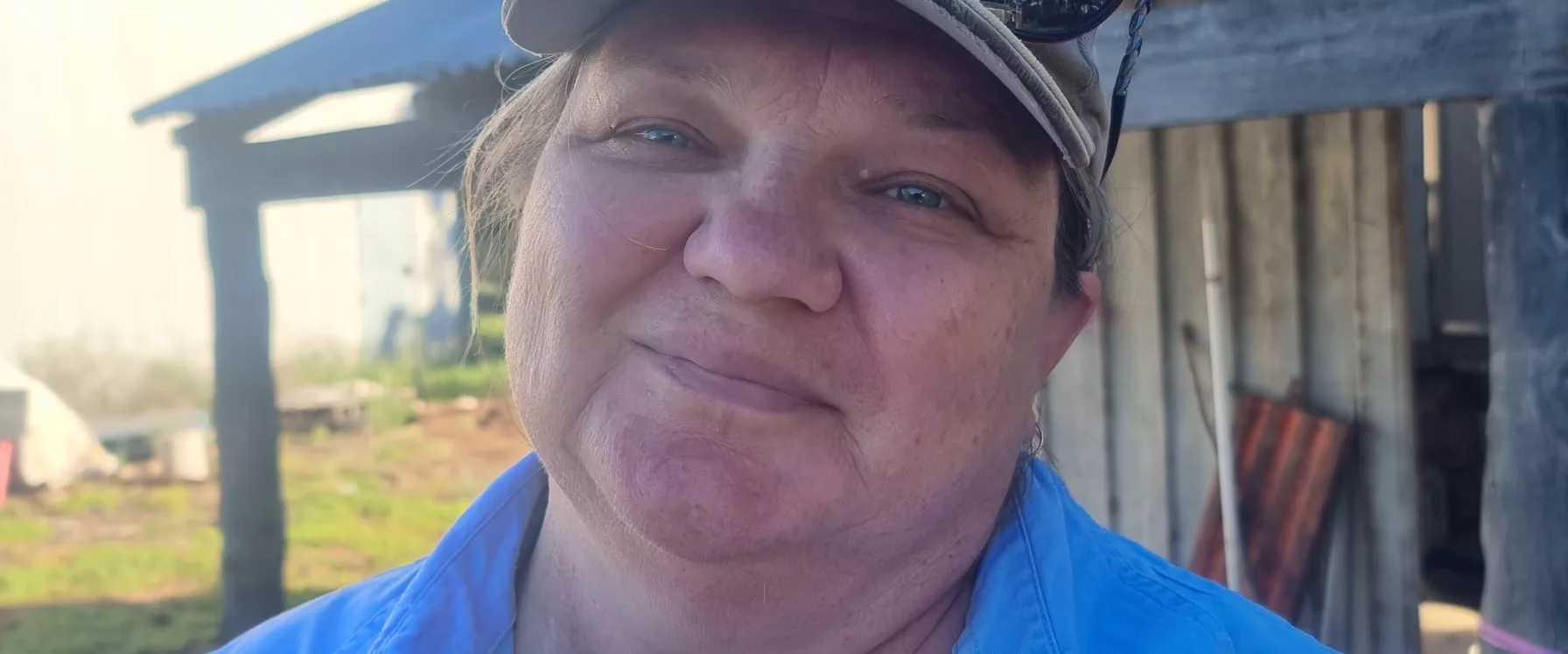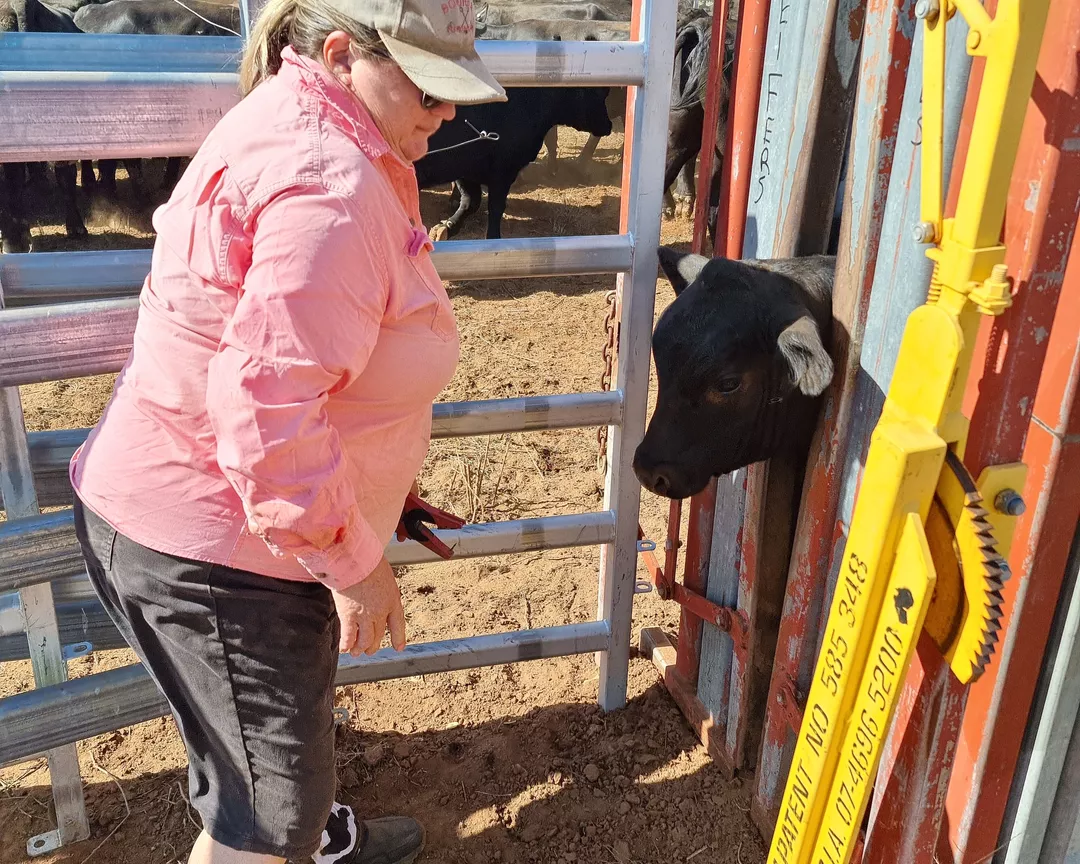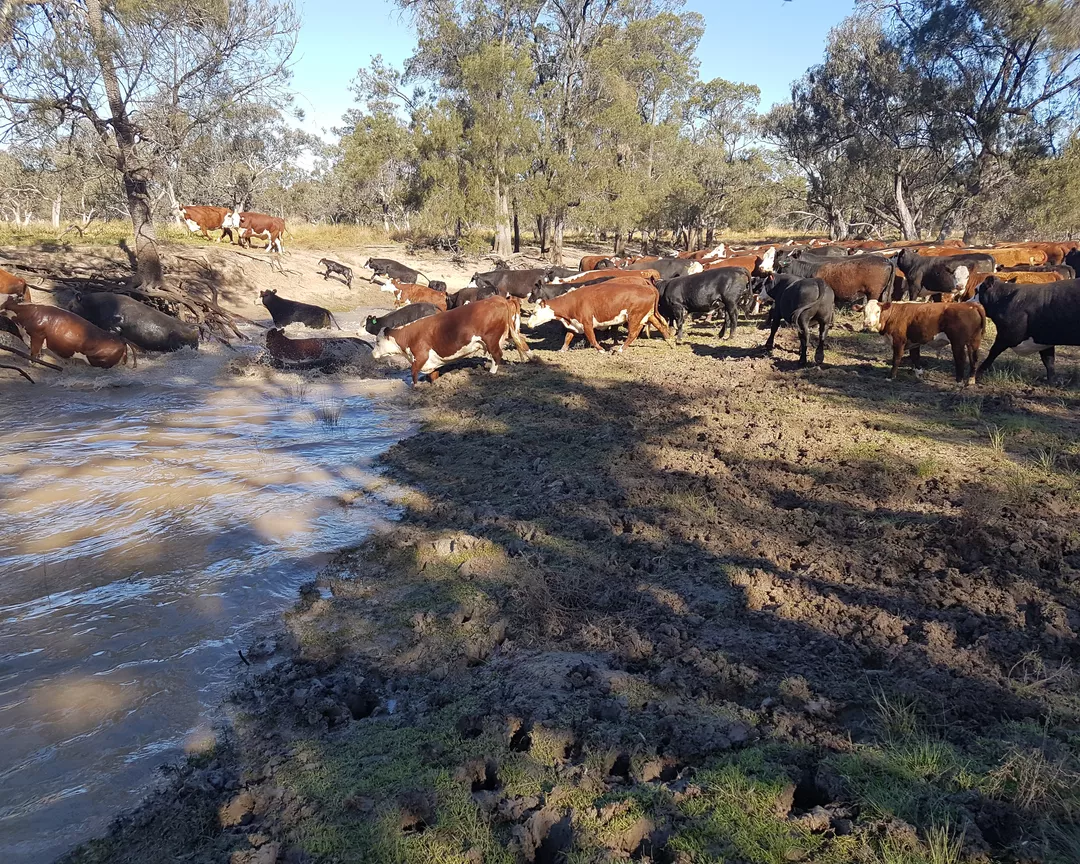Cattle and cropping farmer Linda lives on 10 thousand acres on a remote property, 75 kilometres from the town of Warren in Central Western New South Wales.
The distance might not appear ideal for someone born with congenital heart disease (CHD), and who has undergone four open heart surgeries, but Linda says she knows no difference.
Linda grew up the fourth of five children on a sheep station in Western Queensland, 95 kilometres out of Blackall, approximately two hours south of Longreach.
“It was remote. We didn’t go to school as such but shared a governess on a neighbouring property and did distance education,” she says.
With no family history and little knowledge of CHD, the diagnosis came as a shock to her parents Bill and Beryl.
It was picked up by the GP in Blackall, who told her parents, “This child needs to go to Brisbane right now.”
“Back then it was known as blue baby syndrome. They’d say the closer we got to the city the bluer I got because of the air quality. Mum was once asked if I had been in an accident due to my colouring, so Mum explained what was wrong.”
The family travelled for hours for doctors’ appointments, and Linda became a member of the “zipper club” at a very young age.
“The first open heart surgery was when I was 12, where they used a pig valve. The pig valve was replaced in 1994.
“In 2002 I needed to have an aortic valve replaced. I was told this would probably last 10 years. It saw me through two pregnancies and safe delivery of two boys. The aortic valve was replaced in 2020.”
Linda says growing up she and her siblings were always very active on the farm but because of her heart condition her parents were warned not to let her overexert herself.
“I can remember Dad cut all the lower limbs off the bottle trees so I couldn’t climb them. It didn’t stop me,” Linda says.
“I didn’t have the opportunity to play sport growing up, but we kept active. I rode horses and motorbikes and often helped Dad with the mustering and sheep work. I have enjoyed playing tennis in the years before having my children.
“The last three years on the land have been extremely trying with the drought, but we made it through. We are now in recovery with record-breaking rains, and as we try to rebuild our cattle herd and plant some crops, we are grateful that my health allows me to be able to help on the farm and keep our two boys progressing through life.”
ABC Dubbo interviews Linda
How is HRI helping?
The Clinical Research Group is working on several exciting projects that will help to transform – and save – the lives of people with congenital heart disease (CHD).
With the Congenital Heart Alliance of Australia and New Zealand (CHAANZ), the Group is creating a CHD register to maximise the quality of life for CHD patients by providing the best of care for their life journey, by identifying deadly gaps in the healthcare system. This will be the largest compiled database on CHD in the world and the only resource of its type in Australia.
The Group is also conducting the world’s first randomised controlled study into the benefits of exercise for people with CHD. This information will then be used to develop guidance that can be rolled out across all corners of Australia via hospitals and telehealth services – including to remote areas and Indigenous populations that are at higher risk of cardiovascular disease.





